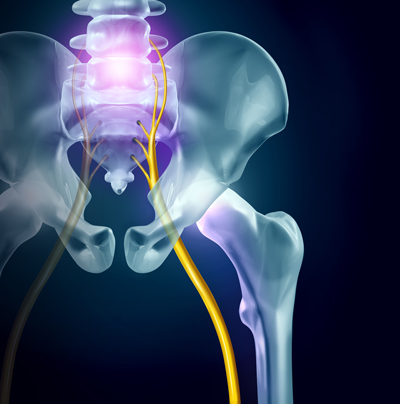Getting back to form: from struggling to stand to walking without pain.
ActiveBacks’s newest Chiropractor – Miles Bosoni (MChiro) discusses how Chiropractic care and Active Release Technique helped engender rapid improvement in one particular patient.
A lovely lady came to see me recently. She’s 79 and had been suffering for a year with constant lower back pain on her left-hand-side ever since she lifted something at work. The pain had been causing numbness down the back of her left leg, all the way into her foot. When she came to see me she’d already had an MRI scan, which showed significant bulging in some of the discs in her lumbar spine, with some associated age-related degeneration. Her L5-S1 disc bulges however, were shown to be impinging on both her spinal cord and also on the nerve root exiting at this level.
Due to the injury of the disc, local muscle spasm and associated compression on the nerve root, my patient was unable to stand for any extended periods of time and doing daily tasks around the house exacerbated things. So far she’d only achieved mild relief by lying in bed or using painkillers – hardly a sustainable solution.
What does this all mean?
Discs are an integral part of the spine. Their roles include shock absorption and maintaining the structural integrity of the spine. When a disc is injured, the body instinctively tries to protect it by contracting muscles around this area of the spine (commonly the psoas, iliacus, glutes and lumbar erector spinae muscles). Not only do these key supporting tissues go into a protective-like spasm around the disc, but an increase in inflammation occurs locally around the spinal disc, irritating both the surrounding tissues and the local nerve root.
In this case, both the anterior hip flexors of the psoas, paraspinal muscles and glutes had gone into a chronic spasm, aggravating the tension around the nerve root and limiting the functional mobility of the spine – not very pleasant at all!
So what’s causing the leg pain?
 Of course the disc has a part to play in the pain, but it’s hardly the only culprit. In this case there were a number of anatomical structures that we were able to work on. As mentioned, the psoas (shown below left) is a key structure supporting the lower back and this, as is common in a lot of disc injuries, had got extremely tight and hypertonic. When this happens the psoas not only pulls from the front of the spine, increasing the load on the injured disc and the spine, but it can also tighten around any exiting nerve roots (in this case L5-S1).
Of course the disc has a part to play in the pain, but it’s hardly the only culprit. In this case there were a number of anatomical structures that we were able to work on. As mentioned, the psoas (shown below left) is a key structure supporting the lower back and this, as is common in a lot of disc injuries, had got extremely tight and hypertonic. When this happens the psoas not only pulls from the front of the spine, increasing the load on the injured disc and the spine, but it can also tighten around any exiting nerve roots (in this case L5-S1).
The patient’s Sciatica style symptoms down the leg were further aggravated by extremely tight piriformis and gluteal muscles, which together compressed the Sciatic nerve (shown below right). This compression on the nerve can prevent smooth sliding and gliding of the nerve down the leg. The combined compression and immobility of the nerve further sensitises and irritates the nerve, thus commonly causing pain and/or numbness.
How can Chiropractic and Active Release Technique (ART) help?
Chiropractic and ART allows for an array of manual techniques to be used to help ease the muscle tightness, reduce discal pressure and provide more room for the nerve to move. Having released the psoas, glutes and piriformis using ART alongside the application of IASTM (Instrument Assisted Soft Tissue Mobilisation), the patient’s pain levels went down significantly. Within a few treatments this lady was able to walk without pain and bear her weight equally on both legs. After just two treatments she even managed to do some gardening, for the first time in a year!
If you have questions, need advice or think that someone you know could benefit from getting their active back at ActiveBacks just email Miles: miles@activebacks.com
Social Media: Please follow us on Instagram @activebacks to keep up to date with all the latest info, advice and news.
